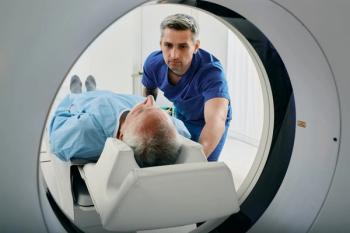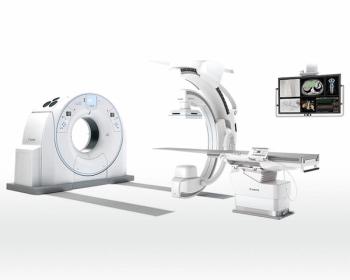
Relative competency
Every now and then, I find myself in mind of a not-entirely-hypothetical scenario: Consider two rads. One is average in his professional abilities and efforts – we’ll call him Dr. A for that. The other is a superstar, better at what he does in pretty much every way, so he can be Dr. S. Commensurate with their levels of expertise is their awareness of their own limitations, and respect for the same. That is, Dr. S is much more likely, presented with something outside of his comfort zone, to beg off on account of his reluctance to do his usual stellar work. Dr. A requires far less encouragement or coercion to shrug and give it – whatever it is – a whirl. Let’s now imagine Drs. A and S work in the same place. Neither of them has ever been in the habit of reading MSK (subsequent to residency training). But, a clinician wants a wrist MRI looked at, and the folks who would ordinarily handle it are out of the picture. Let’s further suppose the actual wrist-MRI knowhow of Drs. A and S are dead even – neither has an iota of experience or wisdom greater than the other when it comes to this matter. Dr. S would probably do it better. His superior skills include focusing more carefully and thoroughly on each aspect of an imaging study. He has the patience to consult references, and the wherewithal to track down the answers he needs. Dr. A would be more predisposed to “wing it” and toss out his best guess. So, if the goal is the best possible interpretation of the case (in the absence of actual MSK-conversant rads), we should want Dr. S to wind up doing it. But, the very personality profile which makes us prefer him will also make him decline the challenge. Meanwhile, Dr. A, who is the lesser of our options, will be that much more likely to take it on. It would seem to be to the benefit of our field to find ways to encourage the Dr. S’s out there.
Newsletter
Stay at the forefront of radiology with the Diagnostic Imaging newsletter, delivering the latest news, clinical insights, and imaging advancements for today’s radiologists.



























